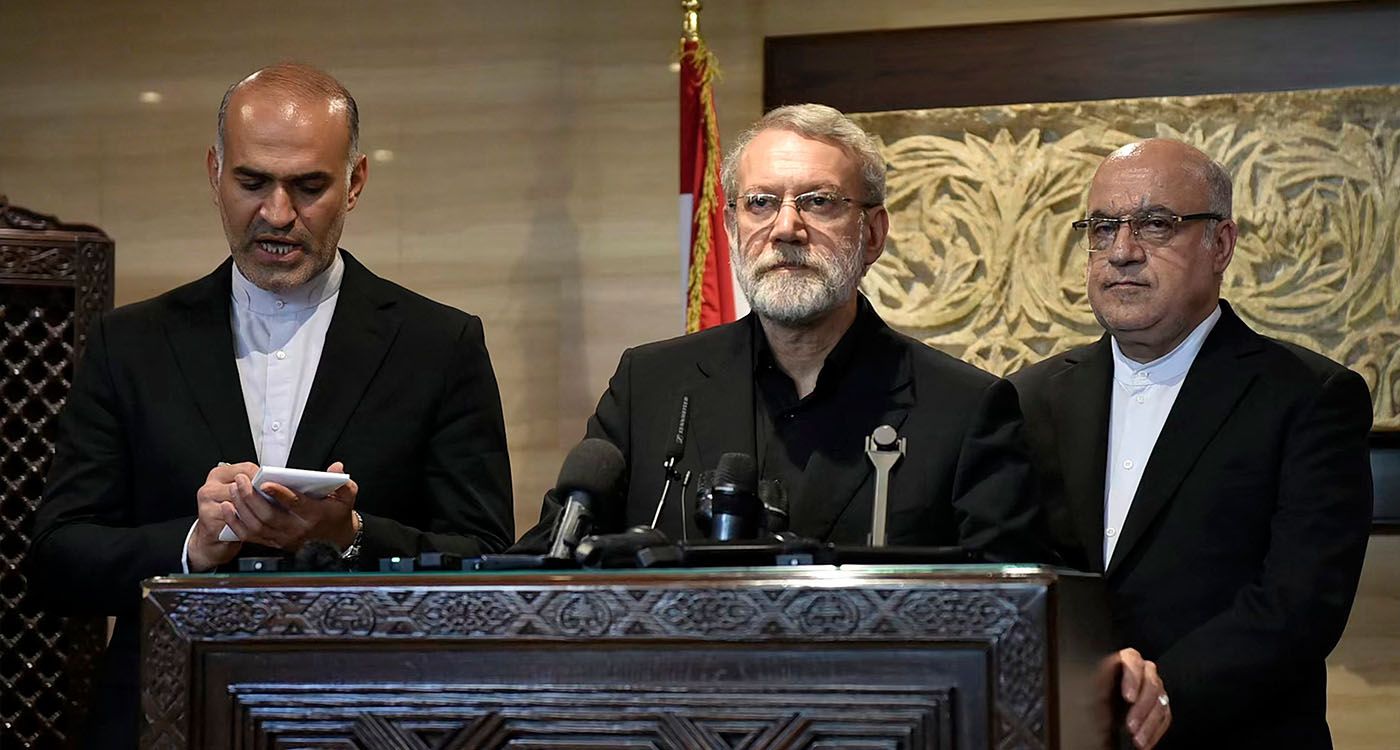
On August 13, 2025, Beirut became the stage for one of the most charged diplomatic performances in years. Ali Larijani, Secretary of Iran’s Supreme National Security Council, arrived at Rafic Hariri International Airport to a reception that looked less like a state visit and more like a triumphant homecoming. Thousands of Hezbollah supporters lined the airport road, chanting “Death to America” and showering his convoy with rice and roses. Iranian and Hezbollah flags fluttered as if to remind the world, and perhaps Lebanon’s own leadership, that Tehran’s reach is still very much alive in the country.
This was no routine diplomatic courtesy call. It was a calculated show of influence, timed just weeks after the Lebanese government announced its US-backed decision to disarm Hezbollah by the end of 2025 — a move Iran has condemned as a foreign plot.
President Joseph Aoun struck a rare note of defiance. In front of the cameras, he rejected any foreign interference — pointedly labeling Iran’s recent comments as “unconstructive.” His message was unambiguous: Lebanese sovereignty cannot be hostage to the political survival of a single armed faction.
Larijani’s reply was wrapped in diplomatic silk but carried steel underneath. He denied Iranian interference, shifting blame onto Washington for “imposing” disarmament, and urged Beirut not to “confuse friends with enemies” – friends being Iran and Hezbollah, enemies being Israel. He offered Iranian support against Israeli aggression, but only if Lebanon asked. The subtext was clear: Iran still sees itself as the guarantor of “resistance” in Lebanon, not the Lebanese state.
Parliament Speaker Nabih Berri, Hezbollah’s political shield, played the loyal ally, framing criticism of Larijani’s visit as the work of foreign-influenced detractors.
Why Did This Visit Matter?
1. A Show of Resilience, Not Expansion
Iran’s presence in Lebanon has been under strain. Hezbollah emerged from the 2024 war militarily bruised and politically cornered, while Tehran lost its foothold in Syria after the Assad regime’s collapse. The scale of Larijani’s reception was engineered to project that Iran’s influence in Lebanon remains unshaken. But the optics may have masked a deeper reality: this was less a celebration of dominance and more an exercise in damage control.
2. The Soft-Touch Pivot
Unlike the hardline rhetoric of Iranian figures like Ali Akbar Velayati, Larijani adopted a softer tone, invoking “consultation” with the Lebanese government rather than dictation. This wasn’t a change in strategic goals but in tactics. Tehran seems to recognize that an open clash with Beirut’s leadership could accelerate the very outcome it fears: Hezbollah’s forced disarmament under international oversight.
3. A Domestic Pressure Play
The crowds, the flags, the slogans, these weren’t just for Larijani’s benefit. They were aimed at Lebanon’s political class, especially those wavering on the disarmament timetable. The implicit message: any move against Hezbollah will be met with street power. The timing, ahead of an expected visit by US envoy Thomas Barrack and Morgan Ortagus, was no coincidence. Tehran was staking its claim before Washington could make its pitch.
Lebanon’s leadership is caught in a trap of its own geography. Rejecting Iran risks political paralysis and possibly civil unrest; rejecting the US-backed plan means forfeiting reconstruction aid and international legitimacy. Aoun’s careful phrasing – sovereignty first, no foreign meddling – was aimed at both audiences, but it’s unclear how long that linguistic balancing act can hold when the disarmament clock is ticking.
Hezbollah, for its part, now sits at a crossroads: dig in and risk isolation, or negotiate a phased withdrawal from the frontlines in exchange for political guarantees. Larijani’s presence suggests Iran is pushing for the latter, not out of goodwill toward Lebanon, but to preserve Hezbollah as a strategic bargaining chip in broader US-Iran talks.
This visit does nothing to lower the temperature ahead of the feared September 2025 escalation. If anything, it may raise it. Israeli intelligence will read Larijani’s pledges as reaffirmation of Hezbollah’s operational readiness, while Lebanese anti-Hezbollah factions will see it as proof that Tehran still calls the shots.
The only way out of this impasse would be for Lebanon to assert, and enforce, a unified security policy, one where the army is the sole military authority. But that vision remains aspirational at best. Until then, every foreign visit, whether from Tehran or Washington, will feel less like diplomacy and more like trench warfare with microphones.
Bottom line: Larijani’s Beirut trip was a political theater designed to reassure Hezbollah, remind Lebanon of Iran’s street power and signal to Washington that Tehran’s hand is still on the Lebanese chessboard. But beneath the applause and banners lies a more sobering truth: Iran is playing defense in Lebanon, and the battlefield ahead is as much about political legitimacy as it is about rockets and rifles.





Comments